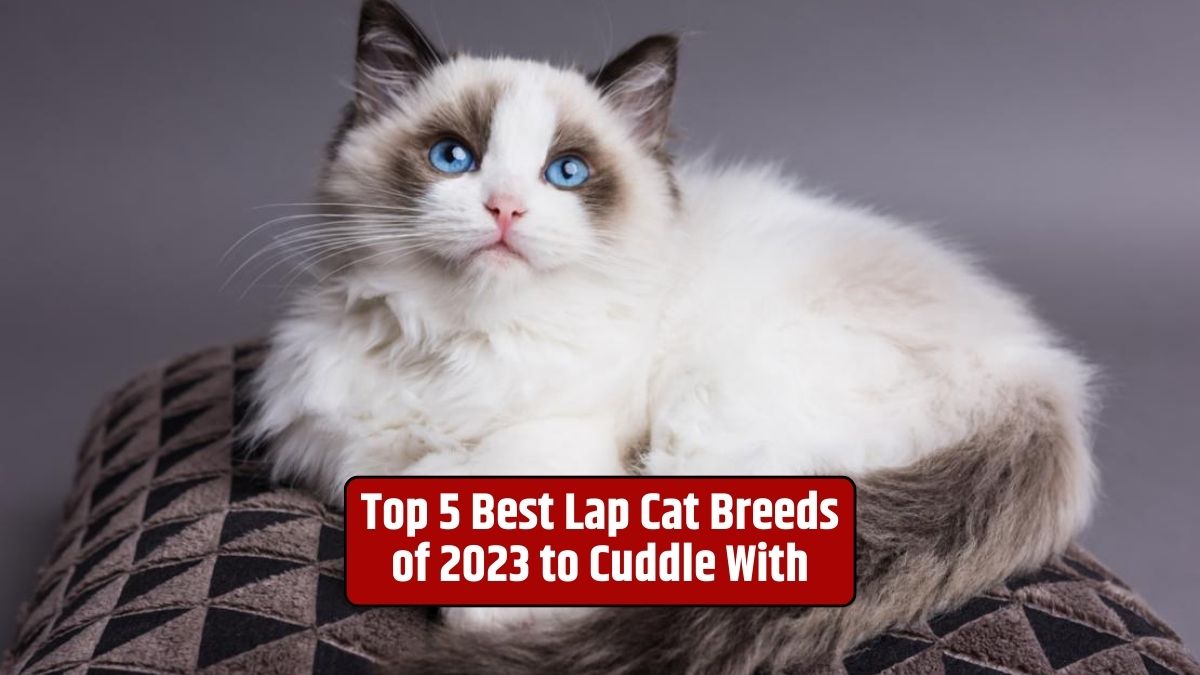Cats are known for their striking and mesmerizing eyes, which come in a variety of captivating colors. These enchanting feline eyes have captured the attention of cat lovers for centuries, and each color tells a unique story.
In this article, we’ll explore the fascinating world of cat eye colors, shedding light on the science behind them, their significance, and what factors influence the color of a cat’s eyes.
Cat Eye Colors
Just like in humans, the color of a cat’s eyes is determined by pigments. The primary pigments responsible for cat eye color are melanin and lipochrome. Let’s dive into the different cat eye colors and what causes them.
Amber Eyes
Amber eyes are a striking golden-yellow color and are often associated with tabby cats. The presence of melanin, along with the scattering of light in the iris, gives rise to this warm and inviting eye color.
Blue Eyes
Blue eyes are captivating and can be found in various cat breeds. They are the result of a lack of melanin in the iris. Kittens are often born with blue eyes, but this can change as they age. Some cats retain their blue eyes, while others transition to a different color.
Green Eyes
Green eyes are a stunning and relatively rare eye color in cats. They are typically associated with Siamese cats, but can also be found in other breeds. The green hue is the result of a combination of melanin and the scattering of light in the iris.
Yellow Eyes
Yellow eyes are vibrant and intense, with a color that can range from pale yellow to deep gold. The presence of lipochrome pigments, along with varying degrees of melanin, creates this mesmerizing color.
Copper Eyes
Copper eyes are a variation of orange or yellow eyes, often found in breeds like the Abyssinian. The intense color is due to a high concentration of melanin in the iris.
Factors
Several factors can influence the color of a cat’s eyes, including:
- Genetics: Cat eye color is primarily determined by genetics. Specific genes control the production of pigments in the iris.
- Age: Kittens are often born with blue eyes, and their eye color may change as they mature. The final eye color is usually established by the time a kitten is three months old.
- Breed: Some cat breeds are more likely to have specific eye colors. For instance, Siamese cats are known for their striking blue almond-shaped eyes.
- Health: Eye color can be affected by a cat’s overall health. Certain health conditions may cause changes in eye color.
Significance
Cat eye colors can be an important part of a cat’s identity. In some cases, a cat’s eye color can be linked to their breed. For example, Siamese cats are known for their stunning blue eyes.
Additionally, some people believe that the color of a cat’s eyes can be related to their personality. While there is no scientific evidence to support this, it’s a fun aspect of cat folklore.
Conclusion
The world of cat eye colors is as diverse and enchanting as the cats themselves. Whether you’re drawn to the vibrant yellow eyes of a tabby or the deep blue eyes of a Siamese, each cat’s eyes tell a unique story.
Understanding the science behind cat eye colors and the factors that influence them can deepen your appreciation of these magnificent feline companions.
FAQs
Are there any cat breeds with unique or rare eye colors?
Yes, some cat breeds are known for their unique eye colors. For example, the Turkish Van breed can have “odd eyes,” with one eye being blue and the other being amber or green.
Can a cat’s eye color change over time?
Yes, a cat’s eye color can change as they age. Most kittens are born with blue eyes, and their eyes may transition to their adult color as they mature.
Do blind cats have a different eye color?
Blind cats can have a range of eye colors, just like sighted cats. Eye color is primarily determined by genetics and other factors, not by a cat’s visual ability.
What is the significance of eye color in cat folklore and superstitions?
In some cultures, specific eye colors are associated with different cat superstitions. For example, some believe that cats with green eyes bring good luck, while others associate blue-eyed cats with mystery and magic.
Can a cat’s health affect its eye color?
Yes, certain health conditions can impact a cat’s eye color. For instance, eye diseases or conditions that affect pigmentation may lead to changes in eye color.









